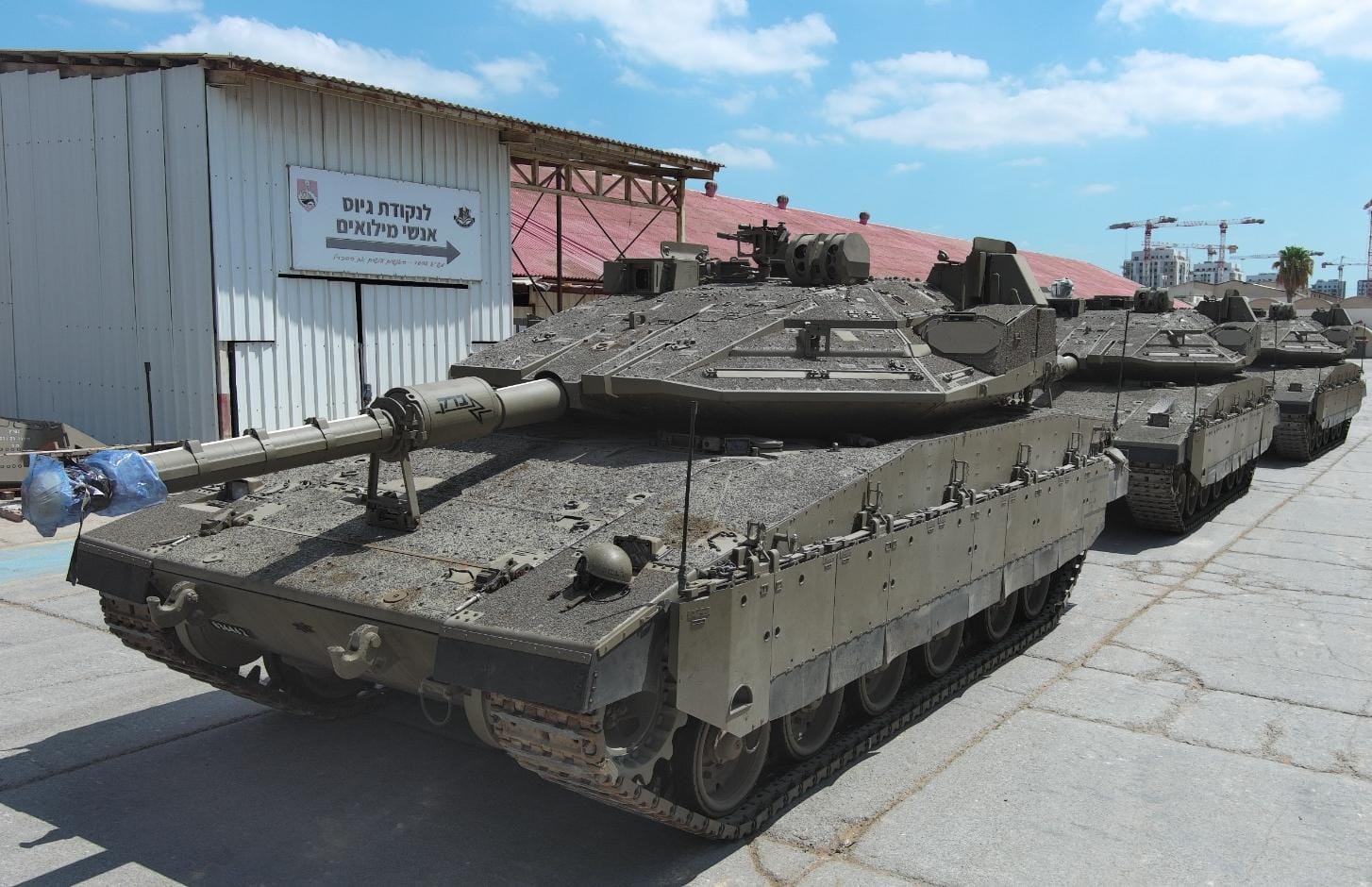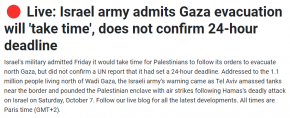I think we'll see the Mark 4 getting at least another face lift. After all, in the current armored corps structure, a brand new tank lives about 30 years until it's retired.
But yes, new designs may try to leverage existing chassis, but a total reconfiguration of the superstructure is necessary. And that might even be a way to bring life into old vehicles.
Maybe some make up but I think Barak is it.
The reason I argue this is the degree of shifts we are seeing in technology.
Merkava Mk4 is now a 20 year old design. Barak is the second major update after the addition of the Trophy system. A Third major overhaul likely wouldn’t come to fruition until the 2030s with Merkava mk4 then being 30 years old.
Like the latest Abrams A2 or Leopard 2 Merkava 4s been kept up to modern standards, but the problem is the base technology and systems architecture that Armies have used to this point to upgrade MBT and IFV is at its fundamental obsolescence point. Adding new capabilities is adding tones.
The method used to modernize Armored vehicles for the last century has been the “Bolt on” approach. Want to add a system to an MBT? Drill holes, run cables bolt in electrical boxes and mount your system. Install and wire you interface and Then you need to counter weight to keep the turret in balance. Do that enough and a 55 tone Tank becomes a 70 tone behemoth. It means your commander now has a second or third joy stick, the fighting compartment has less room and more equipment.
Programs like Carmel have aimed for the “IPhone” approach. Where in if you want to add a system you plug it into the existing vehicle computers upload an App and then mount it.
Doing that to an existing vehicle system requires gutting the vehicle. As the existing architecture needs to be replaced and reworked to network all the existing components replaced and a master computer installed. Even the soldier “touch points” MFD’s, joysticks and the like are replaced by a consolidated version. Like when we started liv
This would also likely go through from wiring to mechanicals, turret motors to final drives because to do the job right your going that deep anyway. Might as well replace the copper with fiber optic, and go hybrid. Trends we see making the rounds in other MBT that among other things reduce weight.
Well your at that you might as well upgrade the defense.
Merkava 4 was the First MBT to field in large numbers with a Hardkill APS. Trophy which is rapidly becoming the NATO standard. The next generation of Trophy is likely to seek to add a top attack defense capability which is likely to require a third countermeasure dispenser. Such could be added to Mk 4 no doubt but with a weight penalty. A new Turret could bypass that penalty by having it “baked in”.
At that point if you’re already going to replace the turret then might as well look at a rethinking of the armament and magazine. Which leads to a new MBT.
It is abundantly clear the IDF is making a major investment in the Namer/Merkava family for its armored vehicle fleet. These vehicles chassis/Hulls can be upgraded. New turrets,new suspensions, new electrical, new drives and more the challenge is Integrating.


